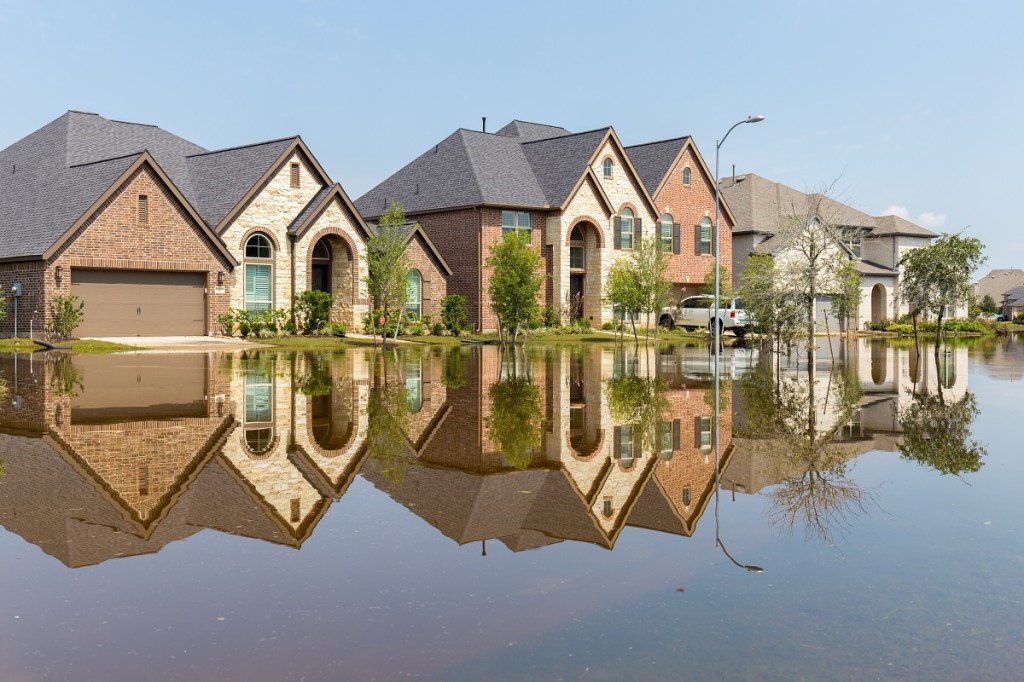Building codes are where they need to be when it comes to resilience against natural disasters, according to a new report commissioned by the NAHB.
Each year, hurricane season reminds us that homes can be damaged or destroyed by the winds and rain that extreme weather events bring. Texas A&M University recently finalized a report that sought to determine whether the year a home was built impacted its resilience to natural disasters.
Home builders can have a complicated relationship with codes: Excessive regulations can make homes too expensive to build, but sensible regulations provide a framework that help builders construct homes that are safe and well-built.
In 2017, parts of Texas and Florida experienced heavy damage from hurricanes Harvey and Irma, respectively. To better understand building performance relative to the age of the structure, NAHB contracted with the Zachry Department of Civil Engineering at Texas A&M University to conduct a study to see if there was a correlation between the year a home was built and the amount of wind damage it sustained during a hurricane.
The report found that newer homes built to the International Code Council’s International Residential Code (IRC)—the residential building code used in 49 states that creates minimum requirements for one- and two-family dwellings—fared better than older homes in hurricane-force winds.
Prior to this study, anecdotal reports, including statements in the Federal Emergency Management Agency’s damage assessments and media coverage, suggested that homes built to the IRC performed well in both states. However, there was little empirical evidence to support those claims.
Participate in Sustainability Discussions
NAHB initiated the HBA Sustainability Network in 2018 as a way for local home builder associations (HBAs) to educate others on sustainability efforts that are occurring throughout the U.S. Created as a forum to share initiatives that have worked well, the group meets via conference calls every other month.
The calls feature subject-matter experts on topics that members are interested in exploring more deeply. In June, the director of sustainability at the National Association of Realtors (NAR) spoke about greening Multiple Listing Service (MLS) fields to realize the full value of high-performance homes.
The HBA Sustainability Network can be a great resource for anyone interested in starting a green building council or committee, wanting to learn more about recent sustainable home trends and consumer preferences, or featuring a green home in their Parade of Homes.
The group is open to HBA staff with all levels of experience and involvement. Contact NAHB’s Anna Stern at astern@nahb.org if you are interested in getting involved with the HBA Sustainability Network.
The study found that in both Texas and Florida, homes built to modern codes, defined as any edition of the IRC, were less damaged by hurricane-force winds than older homes.
During hurricanes Harvey and Irma, roofs and wall coverings were the most damaged elements of homes. Homes built before 2003 in Texas and 2008 in Florida, and therefore built to older codes, sustained more damage than newer homes. However, very few homes constructed after 2003 in Texas or after 2008 in Florida suffered severe damage to roof sheathing, wall sheathing and framing or total loss and collapse of those components. The IRC’s structural provisions ensure that the integrity of the roof framing and sheathing is maintained, and that wall structure and sheathing damage is minimized.
These observations demonstrate that building codes are where they should be and that adherence to the IRC has been effective in preventing excessive damage to homes during a hurricane. The NAHB will continue to advocate for reasonable and effective building codes and standards, encouraged by the conclusion that we are on the right track toward making housing safer for all Americans.



